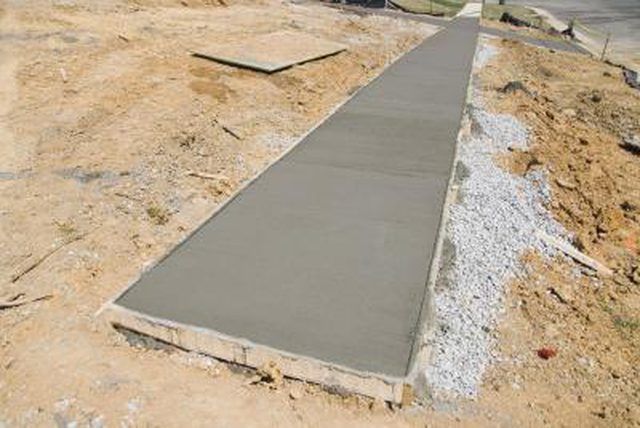Bulbs
Flower Basics
Flower Beds & Specialty Gardens
Flower Garden
Garden Furniture
Garden Gnomes
Garden Seeds
Garden Sheds
Garden Statues
Garden Tools & Supplies
Gardening Basics
Green & Organic
Groundcovers & Vines
Growing Annuals
Growing Basil
Growing Beans
Growing Berries
Growing Blueberries
Growing Cactus
Growing Corn
Growing Cotton
Growing Edibles
Growing Flowers
Growing Garlic
Growing Grapes
Growing Grass
Growing Herbs
Growing Jasmine
Growing Mint
Growing Mushrooms
Orchids
Growing Peanuts
Growing Perennials
Growing Plants
Growing Rosemary
Growing Roses
Growing Strawberries
Growing Sunflowers
Growing Thyme
Growing Tomatoes
Growing Tulips
Growing Vegetables
Herb Basics
Herb Garden
Indoor Growing
Landscaping Basics
Landscaping Patios
Landscaping Plants
Landscaping Shrubs
Landscaping Trees
Landscaping Walks & Pathways
Lawn Basics
Lawn Maintenance
Lawn Mowers
Lawn Ornaments
Lawn Planting
Lawn Tools
Outdoor Growing
Overall Landscape Planning
Pests, Weeds & Problems
Plant Basics
Rock Garden
Rose Garden
Shrubs
Soil
Specialty Gardens
Trees
Vegetable Garden
Yard Maintenance
How to Make a Frame for a Cement Sidewalk
How to Make a Frame for a Cement Sidewalk. A sidewalk adds an inviting touch to a landscape, and a sturdy surface that can last for decades. Pouring a sidewalk is a challenging project for novice do-it-yourselfers, but building the frame is simple. In addition to shaping the sidewalk, the frame should set the surface on a slight slope 1 or 2 inches...

A sidewalk adds an inviting touch to a landscape, and a sturdy surface that can last for decades. Pouring a sidewalk is a challenging project for novice do-it-yourselfers, but building the frame is simple. In addition to shaping the sidewalk, the frame should set the surface on a slight slope 1 or 2 inches from ground level. This project requires basic tools to prepare the site and secure the temporary frame to the ground.
Things You'll Need
2 ropes
Tape measure
Shovel
Tarp
Hand tamper
3/4 inch gravel
1-by-3 inch stakes
Hammer
2-by-4 inch boards
Nails
Lay two ropes parallel to one another on the ground from the beginning of the sidewalk to the end to mark the sides of the site. Use a tape measure to space them 4 feet apart plus 3 inches on each side for the frame.
Use a shovel to dig out growth and topsoil from between the two ropes, and pile it on a tarp nearby. Dig until the site has a uniform depth of 6 inches. Pitch the subsoil across the width of the site so one side is higher than the other. Dig down 1/4 inch for each foot of width at a smooth, consistent slope.
Press the flat end of a hand tamper over the subsoil to make it stable and free of air pockets.
Fill 4 inches of the site with 3/4 inch angular gravel and tamp it down. Continue to press the tamper over the base until the gravel doesn’t move under your feet. Stabilizing the base is an important step to prevent the cement from sinking over time.
Hammer 1-by-3 inch wood stakes in the ground every 3 feet around the inner perimeter of the site, so the top sits about 2 inches from ground level. Use the tape measure to verify that the higher side of the site sits 1 inch higher than the lower side.
Construct the frame from 2-by-4 inch boards, so the surface of the sidewalk sits 2 inches from ground level. Hold the first board on its side, so the top is even with the top of the wooden stakes. Secure the board to the stakes by hammering 2 nails through the back of the stake into the board.
Position the next board so the end is flush against the first board and the top is level with the stakes. Secure the board to the stakes by hammering nails through the outside of each stake into the board. Once the cement is poured and hardened, the frame boards will be easier to remove if the nails are driven from the outside in.
Continue securing boards to stakes until the entire site is framed and ready for the cement pour.